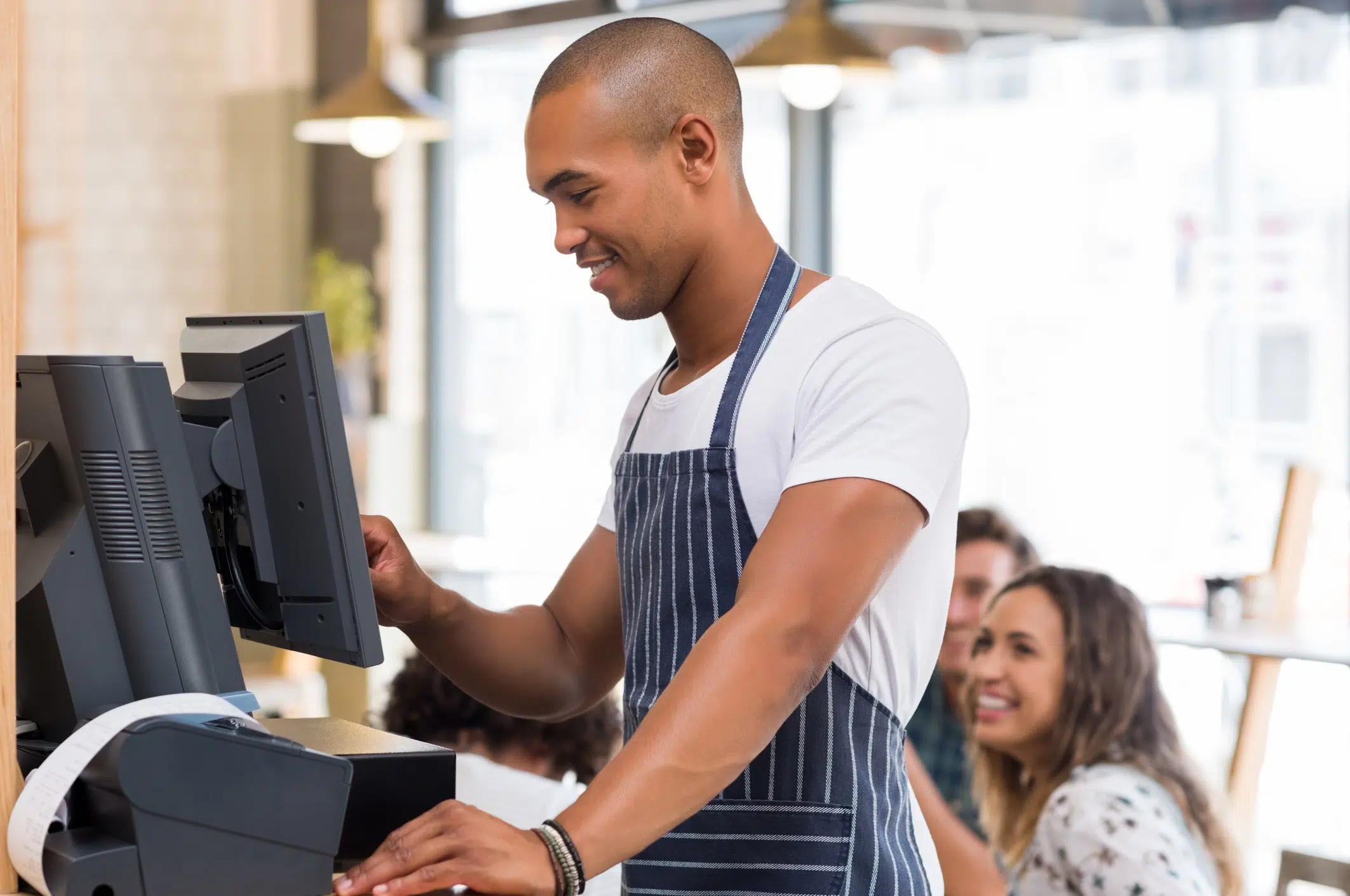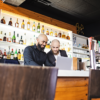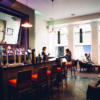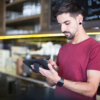We’ve said it before, and we’ll say it again: Point of sale systems are becoming more and more of a necessity in the restaurant industry. They help with inventory, streamline table management, and even aid in revising menus. The added hardware that can be integrated with these systems ensures that operations run smoothly.
But there are some downsides.
Traditional point-of-sale terminals can cost up to $4,000, and this doesn’t include additional items, such as printers and scanners. As technology continues to evolve, operators must make upgrades to systems and hardware to keep everything in order.
That being said, they offer immeasurable benefits over time. Planning accordingly for an upgrade can allow you to tap into new technology without your business suffering.
Let’s take a detailed look at the process of updating your restaurant POS hardware.
Good: Benefits of New Restaurant POS Hardware
The touch screens of today’s restaurant POS systems are designed to respond to everything from flour-covered hands to fingers covered by prep gloves. It’s these little differences that can save you time and effort during the work day.
The latest restaurant POS hardware is designed to handle everything from spills to crumbs. These durable machines feature innovative hard drives, which make them quieter in the workspace.
From an operational standpoint, this new hardware is also designed to work with other platforms, such as your guest management. Being able to access data elsewhere on the fly can streamline your restaurant operations.
Bad: The Downside of Updating
Cost is an obvious downside of updating restaurant POS hardware. Even if you do not opt for a traditional POS terminal, cloud-based POS systems can cost about $900, including the cost of tablets. You will need to account for these expenses before you choose to upgrade.
Another downside of updating your hardware is the downtime. In addition to the time it takes to install the hardware, there will be a learning curve for you and your staff to tackle once it’s in place. Accounting for training time is essential.
Ugly: What Happens If You Do Not Update
A realistic life expectancy for most traditional POS systems is five to seven years. However, new restaurant POS hardware is coming out at a much faster pace today, meaning restaurants can easily upgrade sooner.
Many older POS systems are not compliant with PCI regulations and an upgrade is necessary to maintain the security of customer information and data.
Restaurants that fail to update their hardware are also at risk of losing business. If a system takes a long period of time to load, for example, customer happiness may drop. This can result in a loss of business in the future if patrons decide to go elsewhere for faster service.
Final Thoughts
One of the easiest ways to determine if it is the right time to update your hardware is by asking yourself a few questions:
- Do you spend several minutes waiting for your hardware to load?
- Is your POS system compliant with PCI guidelines?
- Are your reservation management platform and POS system still working separately?
If you can answer yes to these questions, it might be the perfect opportunity to consider an upgrade. Investing the time and money in a new system will pay off in the form of smoother business operations.





